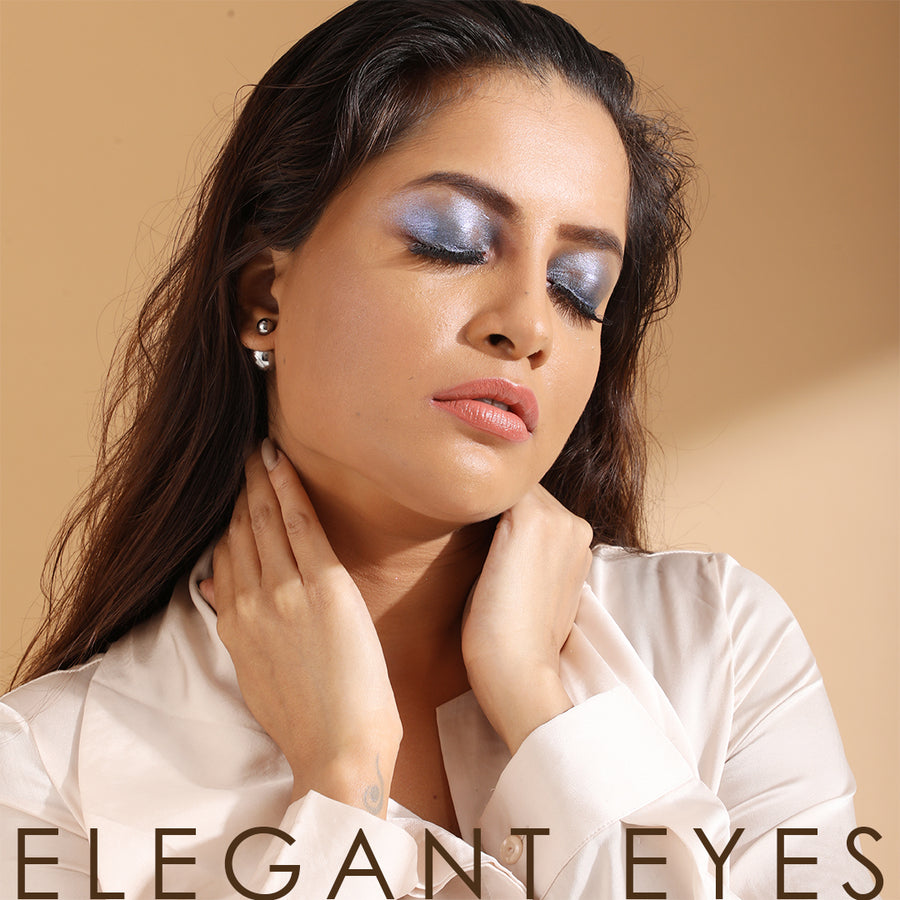Guide To Finding Your Skin Tone And Undertone
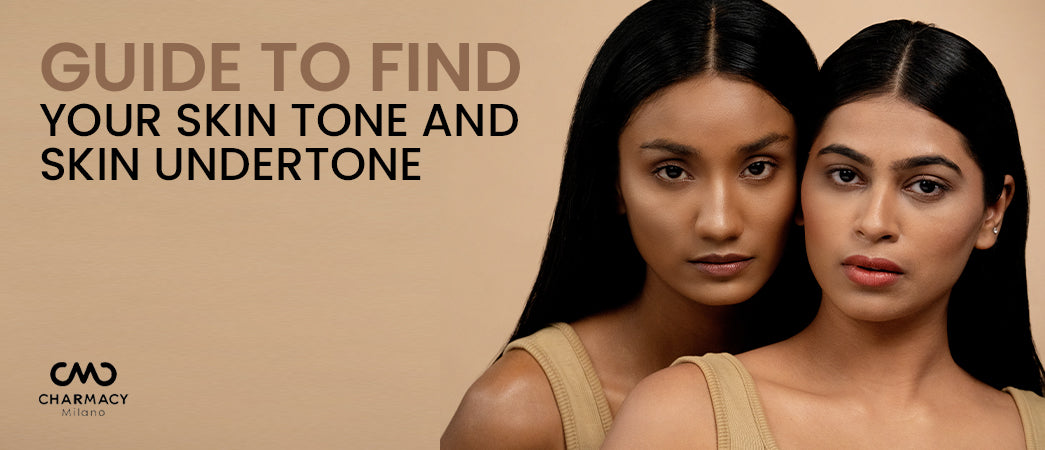
Understanding your skin tone and undertone is essential for choosing the proper cosmetics, especially foundation.
A well-matched face foundation may enhance your natural attractiveness, provide a perfect basis, and make your face makeup appear seamless and natural. In this article, we'll go over how to determine your skin tone and undertone, as well as how to choose the ideal base for makeup that is a face foundation for each skin type.
Understanding Skin Tone Your skin tone is the surface color of your skin, and it may be divided into three categories:
-
Fair Skin Tone: This is the lightest skin tone, which is commonly linked with a pale complexion. People with pale skin burn quickly and are more likely to get freckles.
-
Medium Skin Tone: Includes olive and tan. People with medium skin tones tan more easily and are less prone to burning.
-
Dark Skin Tone: Includes deep brown and black. Individuals with dark skin tones are less prone to burning and tanning.
Understanding Skin Undertone While your skin tone is the color you see on the surface, your undertone is the subtle hue underneath the surface.
There are three main types of undertones:
Warm Undertone
Skin with warm undertones has hints of yellow, peach, or golden hues. People with warm undertones often have veins that appear greenish under the skin.
Cool Undertone
Skin with cool undertones has hints of blue, pink, or red hues. Individuals with cool undertones usually have veins that appear blue or purple.
Neutral Undertone
: Skin with neutral undertones has a balance of both warm and cool hues. People with neutral undertones have veins that aren't distinctly green or blue but somewhere in between.
How to Determine Your Skin Tone and Undertone
1. Jewelry Test
-
Gold jewelry: If it complements your skin better, you likely have a warm undertone.
-
Silver jewelry: If it suits you more, you probably have a cool undertone.
-
Both gold and silver: If both look good on you, you may have a neutral undertone.
2. Sun Exposure Test
-
Tans easily without burning: You likely have a warm undertone.
-
Burns before tanning: You probably have a cool undertone.
-
Burns occasionally and tans gradually: You might have a neutral undertone.
3. White Paper Test
-
Yellow or golden tint: Indicates a warm undertone.
-
Pink, red, or bluish tint: Suggests a cool undertone.
-
Grayish tint: Indicates a neutral undertone.
Choosing the Right Foundation Based on Skin Tone and Undertone
Fair Skin Tone
-
Warm Undertone: Look for the best foundation with warm or golden hues.
-
Cool Undertone: Opt for face foundations with pink or red hues.
-
Neutral Undertone: Choose face foundations that are balanced with both warm and cool hues.
Medium Skin Tone
-
Warm Undertone: Go for foundations with golden or yellow hues.
-
Cool Undertone: Select foundations with a hint of red or pink.
-
Neutral Undertone: Use foundations with a balance of warm and cool tones.
Dark Skin Tone
-
Warm Undertone: Look for the best face foundation with a golden or bronze tint.
-
Cool Undertone: Opt for foundations with a red or blue base.
-
Neutral Undertone: Choose foundations that offer a balance of both warm and cool tones.
Types of Foundations
Understanding the types of face foundations available can help you make an informed choice based on your skin type and desired finish.
1. Liquid Foundation
-
Versatile and suitable for most skin types.
-
Offers various finishes, from dewy to matte, and provides buildable coverage.
-
Best for: All skin types, depending on the formula.
2. Matte Foundation
-
Ideal for oily or combination skin types as they control shine and provide a matte finish.
-
Best for: Oily and combination skin.
3. Powder Foundation
Powder foundations are great for oily skin as they help absorb excess oil and provide a matte finish. They are also convenient for touch-ups throughout the day.
- Great for oily skin as they help absorb excess oil and provide a matte finish.
- Best for: Oily skin.
4. Cream Foundation
- Offers a rich, hydrating formula that provides full coverage and a dewy finish.
- Best for: Dry to normal skin.
5. Stick Foundation
-
Convenient for on-the-go application and provides medium to full coverage with a natural finish.
-
Best for: All skin types.
Foundation for Different Skin Types
-
Foundation for Oily Skin
-
When choosing the best foundation for oily skin, look for oil-free and non-comedogenic formulas that control shine and prevent breakouts.
-
Recommendations: Matte foundations, powder foundations, and oil-free liquid foundations.
-
-
Foundation for Dry Skin
-
Opt for hydrating and dewy-finish foundations that provide moisture and a healthy glow.
-
Recommendations: Liquid foundations with hydrating ingredients, cream foundations, and stick foundations.
-
-
Foundation for Combination Skin
-
Requires a balance of hydration and oil control.
-
Recommendations: Liquid foundations with a natural or satin finish and stick foundations.
-
Additional Tips for Choosing the Right Foundation
1. Test Before You Buy
-
Always apply the foundation on your jawline or neck to ensure it matches your skin tone and undertone.
-
Checking the foundation in natural light is critical for a precise fit.
2. Consider the season.
-
Your skin tone might vary with the seasons. You may require a slightly deeper shade in the summer when your skin tans, and a lighter shade in the winter.
3. Understand Your Coverage Needs
-
Light Coverage: Suitable for regular usage and a natural makeup look.
-
Medium Coverage: Ideal for concealing small flaws and balancing out face tones.
-
Full Coverage: Ideal for special events or to conceal blemishes, scars, or discoloration.
4. Know Your Skin Concerns
-
If you have specific skin concerns like acne, redness, or hyperpigmentation, check for foundations in makeup that treat these.
-
Many foundations now include additional skin care advantages, including SPF, antioxidants, and anti-aging substances.
Understanding your skin tone and undertone, picking a formula that is appropriate for your skin type, and applying it appropriately are all steps in the foundation selection process. Whether you have oily, dry, or mixed skin, the best face foundation is out there for you. By following the advice and procedures given in this article, you may create a flawless, natural-looking makeup look that enhances your attractiveness and confidence.
Face foundation is an essential component of beauty products and cosmetic products that has a big influence on your entire appearance. With the proper expertise and materials, you can create a stunning canvas for your face makeup, ensuring that you always look your best. Looking makeup-ready has never been easier with the right foundation in makeup!
 Primer
Primer
 Cheek Enhancer
Cheek Enhancer
 Baked Illuminator
Baked Illuminator
 Setting Powder
Setting Powder
 Matte Foundation
Matte Foundation
 HD Cover Compact Powder
HD Cover Compact Powder
 Star Dust
Star Dust
 Concealer
Concealer

 Soft Satin Matte Lipstick
Soft Satin Matte Lipstick
 Stunning Longstay Liquid Lip
Stunning Longstay Liquid Lip
 Flattering Nude Lipstick
Flattering Nude Lipstick
 Luxe Creme Lipstick
Luxe Creme Lipstick
 Lip Contour Lip Liner
Lip Contour Lip Liner
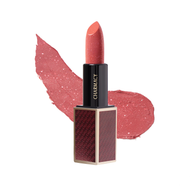 Diamond Rush
Diamond Rush
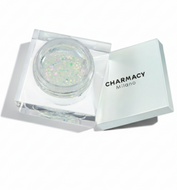 Magicolor Lip and Cheek Balm
Magicolor Lip and Cheek Balm
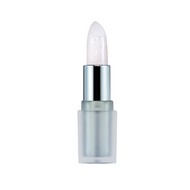 Magicolor Star Glow Lipstick
Magicolor Star Glow Lipstick


 Eye Liner
Eye Liner
 Eyebrow
Eyebrow
 Eye Shadow
Eye Shadow
 Mascara
Mascara
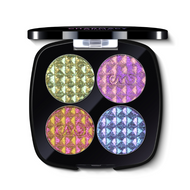 Insane Quad Palette
Insane Quad Palette
